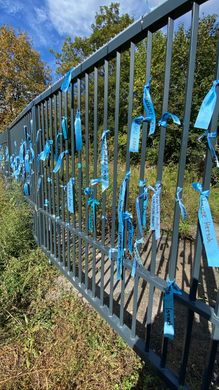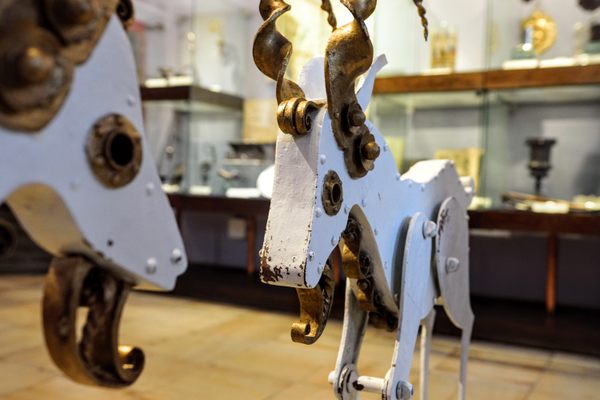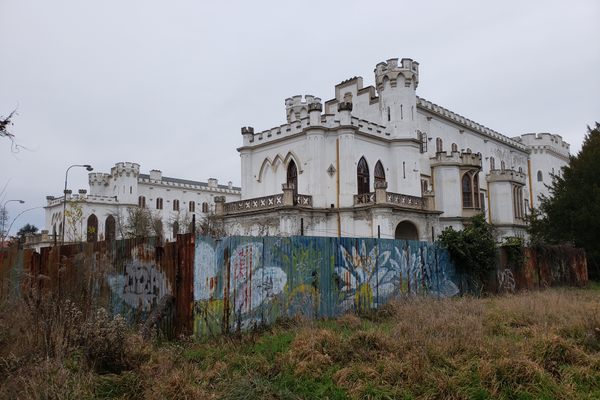When this stadium opened in 1929, it was expected to be a source of pride for Poznań’s local football team and the residents of the city. But within hours the assembled dignitaries and crowds were being hurried out of the area. The stadium’s stands began to buckle under the weight of the crowds, prompting an emergency evacuation. The stadium was declared unsafe due to structural defects, and stood empty for another nine years.
Plans to rebuild the stadium were put on hold by the Nazi invasion of Poland. German forces commandeered the space, which became the site of a forced labor camp for Poznań’s Jewish population. Escapees were publicly hanged as a warning against defying German forces. Just north of the stadium you can find a small stone memorial to Poznań’s Jews in memory of the horrors they suffered.
After the war, rebuilding work resumed with a new, larger stadium that opened in 1957. It is believed that the 60,000 spectators at the 1972 match between Lech Poznań and Zawisza Bydgoszcz set an attendance record—no second-tier match in a European league has recorded such a large turnout before or since.
But declining attendance, financial troubles for the club, and a lack of sponsorship saw the stadium fall into disrepair in the late 1980s. The abandoned ground was eventually sold off and left to the whims of nature. The wooden seating has long since rotted away, and trees have pushed through the spaces left behind. A pair of ghostly goalposts emerges from the heavily overgrown pitch—a reminder of the sporting glories that once took place in this arena.
Know Before You Go
It is possible to walk around the perimeter of the stadium without trespassing.


















Follow us on Twitter to get the latest on the world's hidden wonders.
Like us on Facebook to get the latest on the world's hidden wonders.
Follow us on Twitter Like us on Facebook